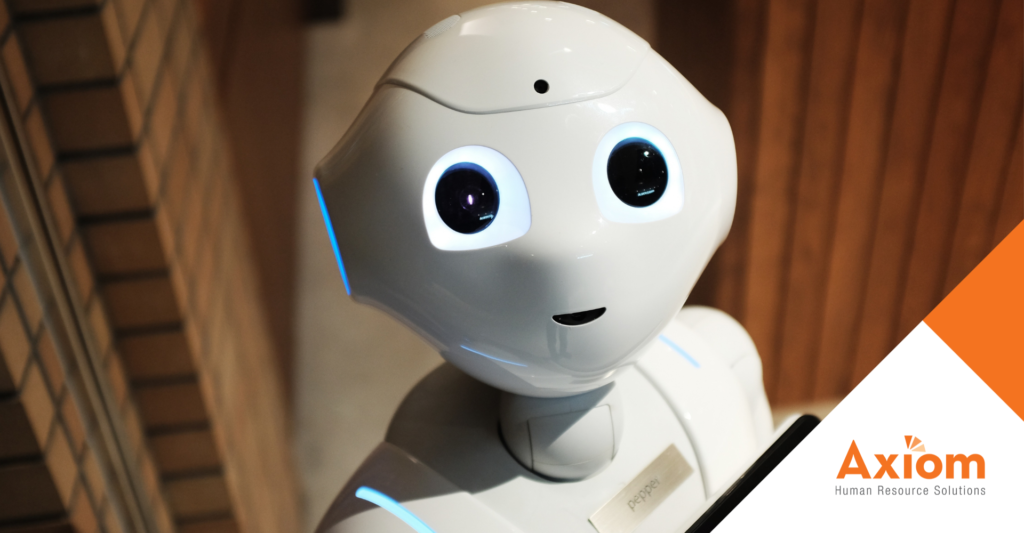
Current life expectancy has increased so much that globally, the senior population is expected to more than double from now until 2050. This is wonderful news – however, there aren’t enough skilled workers to cover the needs of the many individuals residing in nursing facilities.
Luckily, new technological advancements such as Artificial Intelligence (AI), have been created and can help close the gap between the level of need in nursing homes, and what human workers can provide.
Working with Data
One important advancement in recent years is the ability to use data to identify at-risk individuals or patients. One method in particular, Rothman Index Scores, created by PeraHealth, Inc., is a clinical support system designed to provide early warning signals that can assess risk.
Scores are calculated by using medical record data which are associated with 26 different variables. ClinicalTrials.gov states that these scores are used to “detect a patient’s declining health and predict risk of decompensation and death. Various risk thresholds exist to describe a patient’s status. “Medium” risk is defined by a 30% reduction in a patient’s RI score over 24 hours, “high” risk is defined by a 40% drop in the RI score over 12 hours, and “very high” risk” is having a score less than or equal to 20 on the RI.”
Social or Companion Robots
Canine and feline robot companions are already successfully in use at nursing and veteran’s homes across the country. They can cost as little as $100 per day to keep seniors company. The robots have proven very affective, especially for previous pet owners. According to Electronic Specifier, the battery-powered robots use sensors and can respond to touch. Motions and sounds that replicate real animals, including purring and rolling over for belly rubs, can create a real physical bond with the seniors using them. The robots not only allow much-needed interaction, but can also be used to measure early signs of cognitive impairment.
There is an Affordable Robotic Intelligence for Elderly Support (ARIES) project, which is researching the ways that AI and machine learning can better assist seniors. In particular, the project is studying the Joy for All toy line by Hasbro.
Other robots are actively being trained to learn how to perform common nursing functions. There are robots working today that can provide ambulation support, take vital signs and deliver medicine to patients. Amazon is also getting into the AI game, bringing its Alexa cloud-based voice service to assist in nursing facilities as well as hospitals through its Alexa Smart Properties management platform.
The Use of Sensors
Motion or wearable sensors are an inexpensive way to track needed data that can identify a health issue before it happens in long-term care. For example, tracking an individual’s use of the restroom can potentially tip off the caregiver to a urinary issue, such as an infection if the frequency of visits increases by an abnormal amount. One product, CarePredict, a wearable “watch” can follow small changes that can identify potential serious issues, such as skipping meals, being unable to get out of bed, lack of sleep or if things are just different than usual. Using this device can allow for action to be taken before something serious like a fall, UTIs or malnutrition takes place. It’s an economical way for AI to be present in a facility, particularly when there are fewer caregivers to monitor these changes on their own.
Another product, Safely You, specifically monitors falls to get seniors help faster. This is especially helpful in a setting with dementia care. It also provides data to track individuals and prevent falls before they happen.
AI for Families of Seniors
AI is not only useful for the patients themselves. It has also been extremely beneficial for the families of those in nursing facilities, particularly if they live far away or have to stay away because of restrictions due to COVID-19. With the help of AI, facilities are able to collect and report upon the necessary data to keep families updated on the status of their loved one. Not only can data be shared, but questions can be answered, and overall help can be offered to family members so they feel more connected knowing that their loved one is receiving proper care.
AI for staff
The easier and faster interpretation of data creates many efficiencies in the skilled nursing workplace. It can offer much-needed answers about patient care more quickly with fewer caregivers available and can predict future problems before they occur. AI helps to eliminate paperwork and makes it possible for all data including scheduling and payroll to be kept electronically and in real time, which is important for the staff-stretched workplace. It also helps to reduce staff turnover, as quality of job satisfaction increases due to better training, a higher level of orderliness and improved on-the job-feedback.
The staff at Axiom Human Resource Solutions are motivated to keep up with the newest technology breakthroughs to help with the management of its skilled nursing clients’ needs. To learn about the technology advancements Axiom HRS offers to deliver valuable insights in real-time to predict labor trends throughout nursing facilities, contact us today for a free demo.


